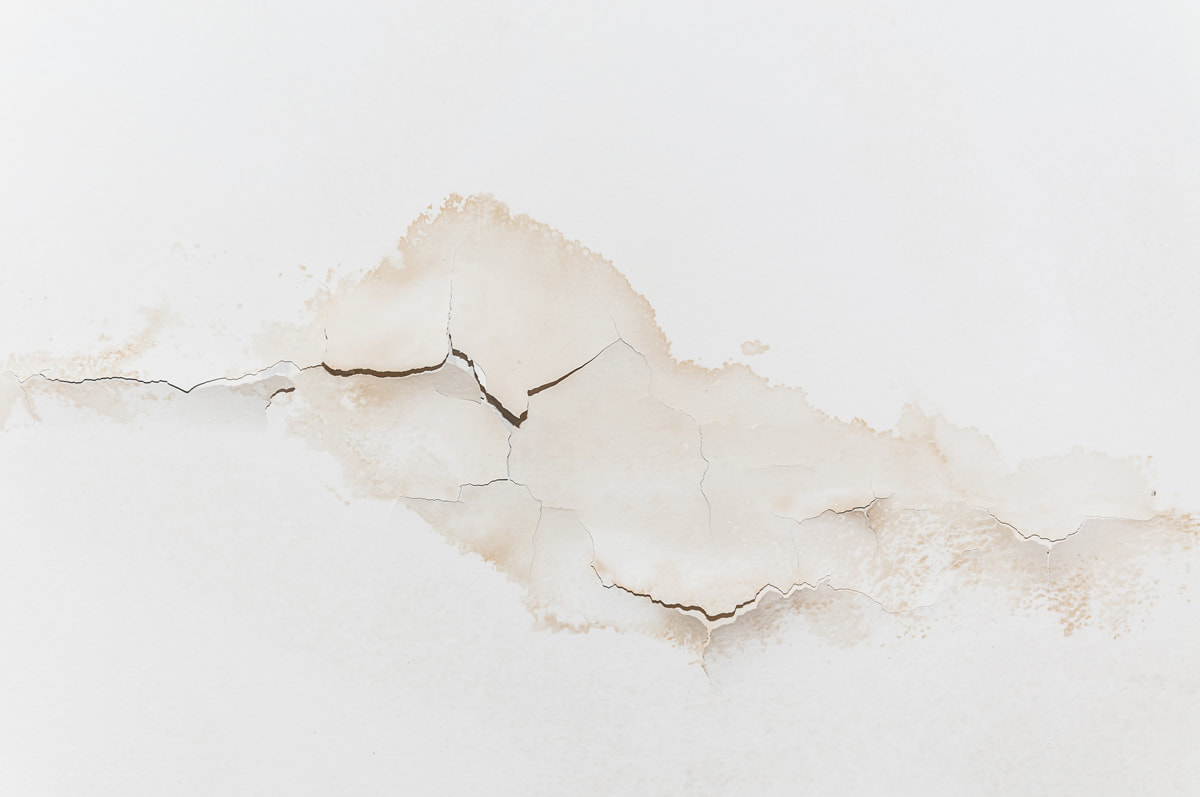Roof Repair Tips To Stop Leaks

There are many causes of roof damage in Central Florida, mainly from the action of wind, water, and the sun’s heat on shingles over many years’ time. As a homeowner, you may not know what exactly caused the damage, but when you spot a leak – you know it’s time for a roof repair.
Some will be capable of stopping roof leaks on their own, but many don’t feel comfortable walking on roofs and ladders or replacing shingles. But anyone concerned about his or her roof will be interested in knowing the major methods used by contractors to eliminate roof leaks.
5 Ways To Do A “Stop-Leak” Roof Repair
It’s not enough to temporarily plug a leak – unless it’s just until the roofing expert arrives to really solve the problem. You don’t want stop-gap methods, but stop-leak methods.
Here are 5 ways a roof leak can be corrected:
- Caulk cracked shingles. It may be that a shingle has a crack, tear, or hole in it but is salvageable. Simply apply roof cement (caulk) to fill in the relevant area, spread it out with a putty knife if necessary, and press down firmly.
- Make curled shingles sit down. A shingle that has curled up due to long-time wind or heat exposure may need to be “un-curled.” If it is brittle, don’t risk breaking it but soften it with a blow dryer (in cooler weather.) then simply caulk all around its underside edges and push it firm to the roof.
- Replace damaged/missing shingles. If a shingle is jerked out of place, dangling by a corner, too badly damaged to reuse, or simply missing – then you need to reattach the shingle or a new one. That may require lifting up adjacent shingles temporarily in order to get access where the nails need to go.
- Re-position out-of-place flashing. Many times, the leak gets in near the flashing if it’s moved out of place in high winds or its caulk bead has broken. Repositioning and re-caulking flashing, re-caulking around vents, and re-tarring around chimneys may be necessary.
- Install drip edge. Often enough, the water is getting in by climbing up the roof eaves from the gutters. To stop this, metal drip edge may need to be installed.
When Should I Call In A Professional Roofer?
There are, of course, situations where a DIY approach to roof repairs could work and stop a leak. But there are good reasons to call in a professional right away.
First of all, there are safety issues whenever you walk on a roof and you’re not used to doing so. Second, you may not be up to fixing the leak immediately, and yet, it can grow worse in even a few days’ time. Most professionals offer emergency roofing services.
Third, your homeowner’s insurance policy may cover the repair. So why not use the coverage that you’ve already paid for? Fourth, when a pro roofer does the job, you can be sure it will be done right the first time. You don’t want to risk having to try to repair your roof multiple times – or worse, further damaging your roofing while you are trying to find and stop that leak.
On the other hand, if you do feel up to roof repair work but fail to locate and eliminate your leak the first time – do not hesitate to call in a reliable, local contractor to tackle the job.
For assistance with all your roof repair needs in Central Florida, feel free to contact Sheegog Contracting today!


